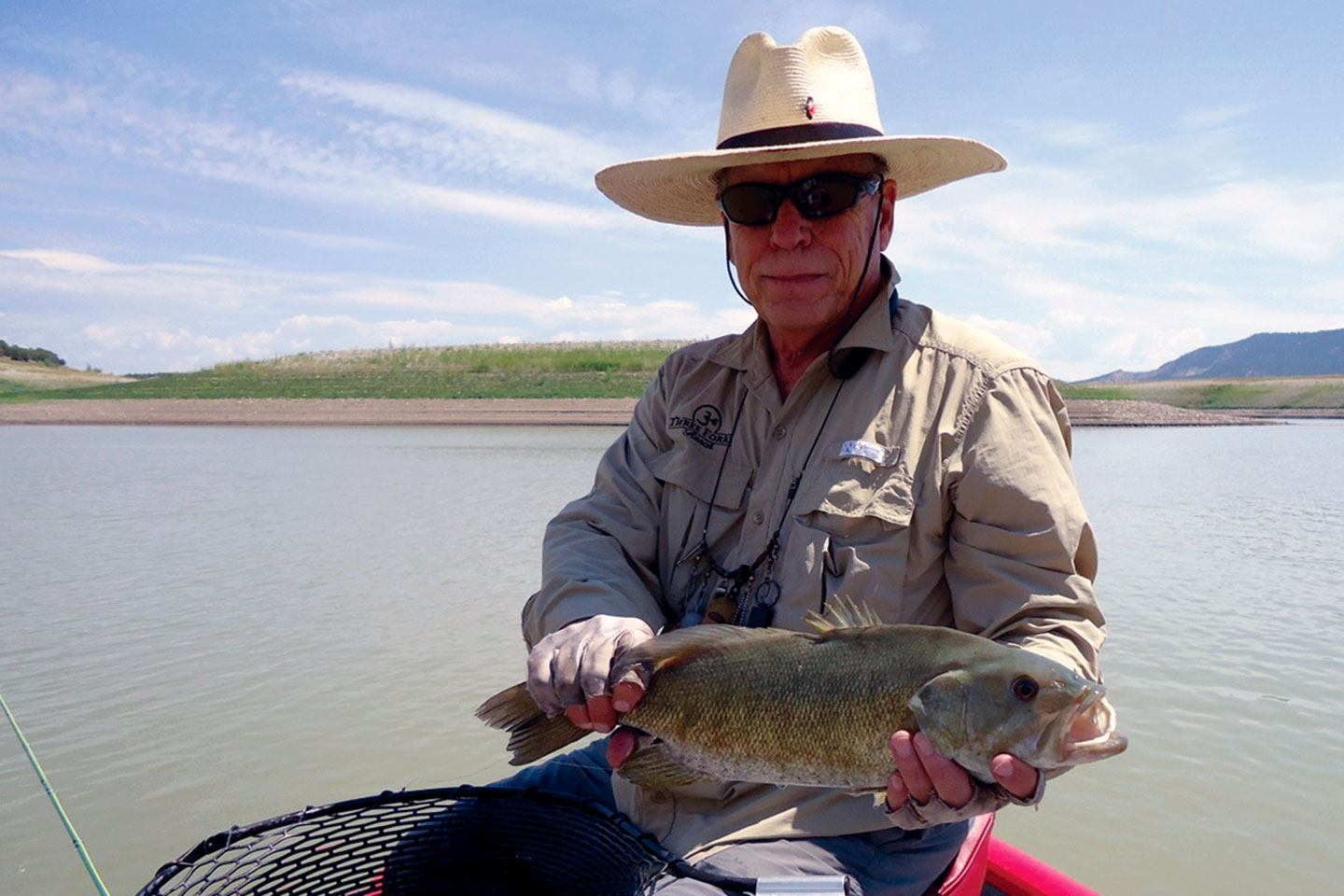Not long ago, a friend asked me how I knew to use a San Juan Worm one day, while fly fishing the Animas River. I thought about giving her some technical reason, but then I decided the truth was best. I told her I had run out of ideas for the correct fly. Then I thought, fish like worms, so I decided to see if they liked a red San Juan Worm; they did. End of scientific discussion.
However, sometimes a well-thought-out approach works best. A good option is to use the one from Dave Whitlock’s book Guide to Aquatic Trout Foods. Mr. Whitlock suggests you use size, action, texture, shape, and color, in that order to fool fish. That’s great, if you have the time or interest, to thoroughly investigate everything in the air and water. Or, you can use the approach a gentleman was using one day while fishing next to me on the San Juan River. He was catching fish and having a great time. I asked him what he was using, and he told me a Royal Wulff. For those of you that regularly fish the San Juan River you might find this somewhat odd. I asked him why he was using a Royal Wulff, and he told me because he could see it. I think that runs the gamut from A-to-Z.
For me, I use techniques somewhere in-between those two approaches. The first one I use is matching the hatch. Whatever is in the air, mayflies or caddis for example, are the easiest to match. If there is nothing in the air, I think back to what bugs were flying around or crawling on the ground when I walked to the river. Ants, beetles, and hoppers are good examples. If I don’t see anything flying or crawling on my way to the river, I look around to see if anything is flying around or trying to swim across the river when I get to where I am going to fish. If there is, I use a hybrid of Mr. Whitlock’s formula. I go with size and color and forget the other three criteria. I know trout are smart and can drive you nuts when you’re trying to get them to eat something, anything. I just don’t think trout can count the number of legs on a bug, know whether it’s crunchy or soft, or how it swims through the water.
The best example I can think of for picking a fly, based on size and color, is a black fly. If I get in a river and notice black flies, horse or household, I’m tying on a Black Gnat that matches the sizes on the rocks, or buzzing around my head. This holds true for midges or the itty bitty bugs crawling up my waders. Just being aware of what’s going on around you, or in the water goes a long way in selecting the correct fly. If none of the above techniques works, I suggest you try a method my good friend Steve Meyers likes to use. It’s called the hmmm method. First, take out your box of favorite flies. Look at all the flies, say hmmm, then close your eyes and pick one. Regardless of what you think about the fly you pick, use it. You just might have a trout see it, swim up to it, think hmmm, and eat it.
No matter what technique you use, just have fun with it, and enjoy the day.

